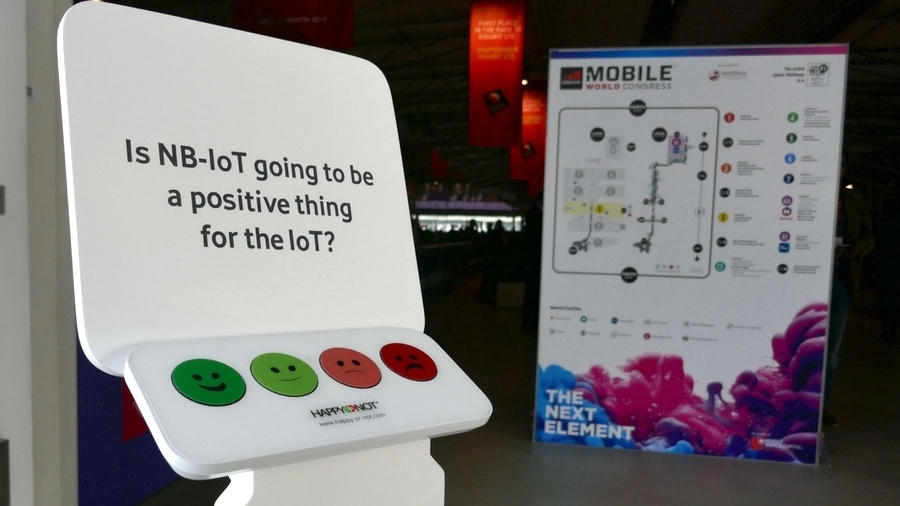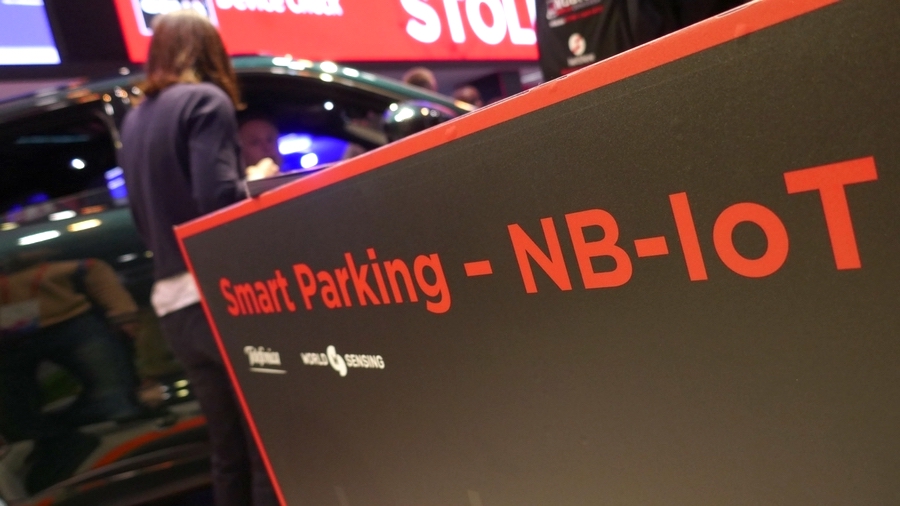Are we any closer to solving the IoT’s ‘format war’?
Competing platforms are confusing, but consolidation is underway

Is the Internet of Things (IoT) speaking your language? As connectivity options, platforms and devices proliferate, there’s a real concern that the development of the IoT could slow, or even stall.
From smart meters, street lighting and parking to tracking industrial equipment, packages, airport baggage, shipping containers and livestock, IoT developers have a host of options to work through.
Format war?
"To a degree there is a format war regarding IoT,” says Simon Bryant, Associate Director at Futuresource Consulting. “There are a lot of different solutions employing proprietary and standardised specifications and/or communication protocols, and the result is a rather fragmented marketplace.” However, this isn't any format war – this is one being fought on many different fronts between myriad protocols. The result is that the IoT is a very confusing place to experiment in.

Device interoperability
Sure, the IoT is about increasing the connectivity of devices, but it also comes down to hardware. “The real value of the IoT is in interoperability,” said Tobin Richardson, President and CEO of the Zigbee Alliance, talking to TechRadar Pro at February's Mobile World Congress (MWC). “It’s like us both having a walkie-talkie, but unless we both speak the same language we can’t have a very useful conversation.”
His organisation has just announced Dot Dot, a technology-neutral, IP-based language designed to popularise common interoperable standards among IoT device developers, regardless of what connectivity option is chosen.
Massive scope and choice
The scope of the IoT is massive. “It ranges from individual sensors to networks of sensors, or end nodes and devices at the edge of the network, through to machines and larger, more complex device structures and networks," says Bryant. "This could be a standalone device or it could be a factory, so communication requirements vary from short-range to long-range, and from low data bandwidth to high.
“Solutions, technologies and platforms have been developed to address all of these, but interoperability is critical for the IoT; having 10 different light bulbs that don’t talk to each other is not in the interests of anyone.”
Sign up to the TechRadar Pro newsletter to get all the top news, opinion, features and guidance your business needs to succeed!

IoT connectivity: the options
While connectivity options can get confusing, for some it's the simplest part of the IoT jigsaw. “It's really all about the pipe – its size, power requirements, range, and speed,” said Richardson, who adds that physical environments will usually dictate what the best connectivity option is – cellular, Low Power Wide Area Networks (LPWAN), or satellite.
That last one is easy to deal with. Inmarsat’s geosynchronous satellites can backhaul IoT data from remote rural, mountainous and desert zones using the L-band to enable IoT projects including agriculture, shipping, and even wildlife tracking. Separating cellular and LPWAN use cases is more difficult.
IoT connectivity: LPWAN
This is a fast growing sector, with the likes of Ingenu, the LoRa Alliance, Sigfox, Sensus, and Telensa all predicted by ABI Research to scoop up the majority of IoT projects. It’s a confusing mix of technologies, services providers and ‘walled garden’ ecosystems.
However, the aim is clear – IoT projects spread over large geographical areas that use low power devices and require low bandwidth. Because they use unlicensed spectrum, they’re quick to implement.
Jamie is a freelance tech, travel and space journalist based in the UK. He’s been writing regularly for Techradar since it was launched in 2008 and also writes regularly for Forbes, The Telegraph, the South China Morning Post, Sky & Telescope and the Sky At Night magazine as well as other Future titles T3, Digital Camera World, All About Space and Space.com. He also edits two of his own websites, TravGear.com and WhenIsTheNextEclipse.com that reflect his obsession with travel gear and solar eclipse travel. He is the author of A Stargazing Program For Beginners (Springer, 2015),
